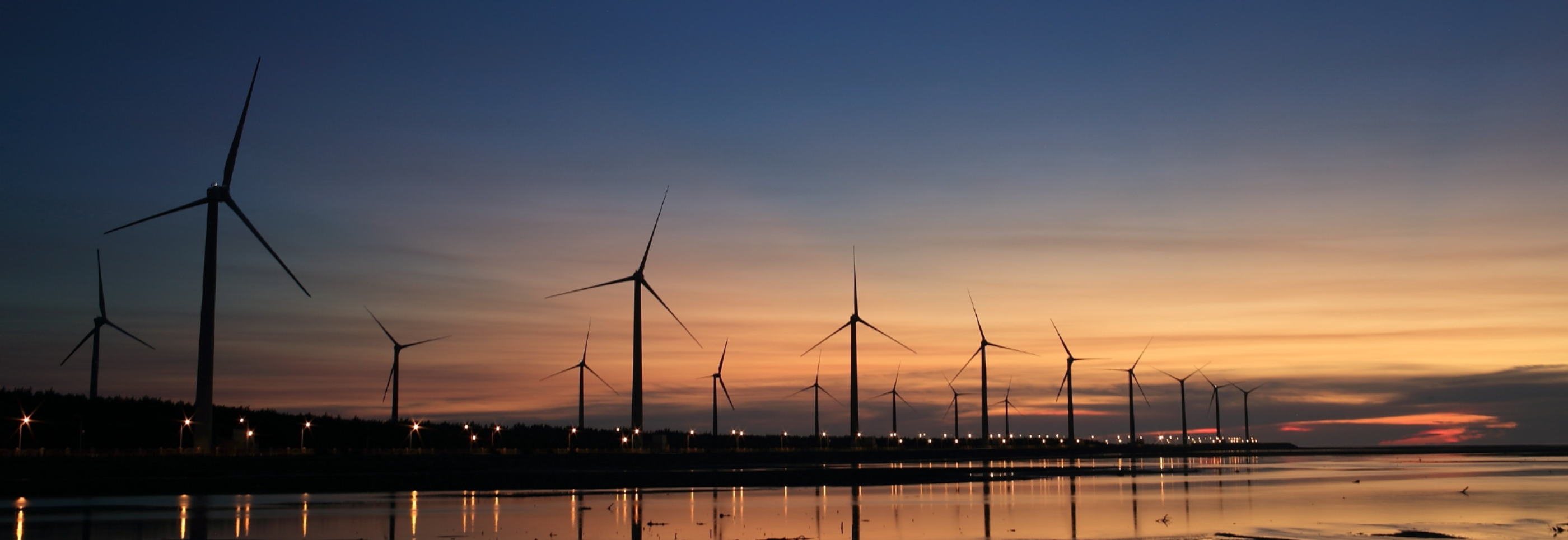The global temperature will reach 1.5 degrees Celsius above pre-industrial levels by as early as 2030, precipitating the risk of extreme drought, wildfires, floods and food shortages for hundreds of millions of people.
Indeed, limiting global warming to this level requires profound change: human-induced greenhouse gas emissions would need to peak by 2020 and decline rapidly thereafter to reach carbon neutrality by 2050. Wind power can play a major role in the transition to a low-carbon economy: each gigawatt of installed capacity could reduce emissions by 2.6m tonnes of carbon dioxide. That’s equivalent to taking 570,000 cars off the road for a year. What’s more, Bloomberg New Energy Finance forecasts suggest that wind power may represent 25% of global electricity generation by 2050, up from 6% in 2017.
Ørsted is the world’s largest offshore wind farm operator, having started life as a state-owned energy company when Denmark looked to harness North Sea oil and natural gas resources in the early 1970s. And over the past decade, the company has repositioned its business from oil, gas and coal to renewable energy, including offshore wind. Its green energy share in power and heat production has surged from 17% in 2006 to 75% in 2018, and it aims to be carbon free by 2025 – 25 years ahead of the 2-degree temperature rise scenario. That compares to the adoption of coal, oil and natural gas, which took 25 years to increase from five to 15% of global energy supply.
Powering change
Like Novo Nordisk, Ørsted is taking steps to not only provide solutions, but become part of the solution too as a member of the Future-Fit Development Council.
Since 2015, Ørsted’s total recallable incident rate has decreased by 45%. It has in-sourced more of its operations upon noticing that its safety track record was better than those of its contractors.
In addition, 70% of its Denmark-based combined heat and power plants have been converted to biomass, of which 7% is certified sustainable – it has a target of 100%.
Work is still needed on end-of-life decommissioning, and the environmental impact of input materials, to further strengthen the environmental case for wind energy.
This Case Study first appeared in Hermes Impact Report, Q4 2018: https://www.hermes-investment.com/insight/equities/impact-report-q4-2018/
